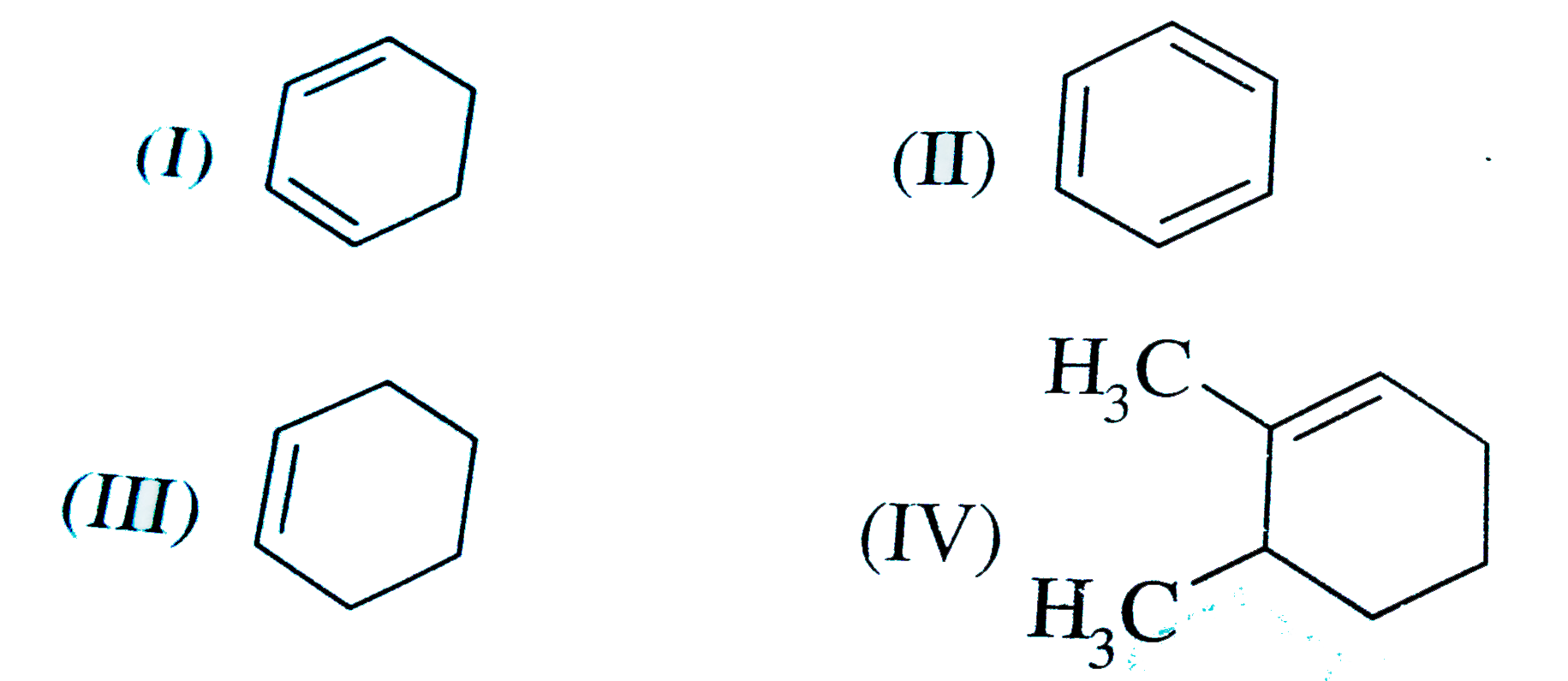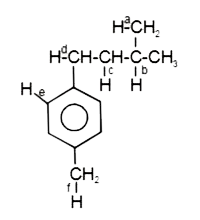Arrange the given dicarbon species in order of their bond lengths giving reasons L C2,C−2,C2−2 .
To arrange the given dicarbon species C2, C−2, and C2−2 in order of their bond lengths, we first need to determine their bond orders. The bond length is inversely proportional to the bond order; that is, a higher bond order corresponds to a shorter bond length, and a lower bond order corresponds to a longer bond length.
Step 1: Determine the number of electrons in each species
- For C2: Each carbon atom has 6 electrons, so for two carbon atoms, the total number of electrons is 6+6=12.
- For C−2: This species has one additional electron due to the negative charge, so the total number of electrons is 12+1=13.
- For C2−2: This species has two additional electrons due to the two negative charges, so the total number of electrons is 12+2=14.
Step 2: Calculate the bond order for each species
The bond order can be calculated using the formula:
Bond Order=Number of bonding electrons−Number of antibonding electrons2
For diatomic carbon species, we can use the following electron configuration:
- C2: The electron configuration is \sigma_{1s}^2 \sigma_{1s}^*^2 \sigma_{2s}^2 \sigma_{2s}^*^2 \sigma_{2p_z}^2 , which gives a bond order of 2.0.
- C−2: The additional electron goes into the σ2pz orbital, making the configuration \sigma_{1s}^2 \sigma_{1s}^*^2 \sigma_{2s}^2 \sigma_{2s}^*^2 \sigma_{2p_z}^3 , resulting in a bond order of 2.5.
- C2−2: With two additional electrons, the configuration becomes \sigma_{1s}^2 \sigma_{1s}^*^2 \sigma_{2s}^2 \sigma_{2s}^*^2 \sigma_{2p_z}^4 , leading to a bond order of 3.0.
Step 3: Arrange the species based on bond order
Now we can summarize the bond orders:
- C2−2: Bond Order = 3.0
- C−2: Bond Order = 2.5
- C2: Bond Order = 2.0
Step 4: Determine the order of bond lengths
Since bond length is inversely proportional to bond order, we can arrange the species in order of bond lengths:
- C2 has the longest bond length (lowest bond order).
- C−2 has a shorter bond length than C2.
- C2−2 has the shortest bond length (highest bond order).
Final Order of Bond Lengths
The order of bond lengths from longest to shortest is:
C2>C−2>C2−2
- For C2: Each carbon atom has 6 electrons, so for two carbon atoms, the total number of electrons is 6+6=12.
- For C−2: This species has one additional electron due to the negative charge, so the total number of electrons is 12+1=13.
- For C2−2: This species has two additional electrons due to the two negative charges, so the total number of electrons is 12+2=14.
The bond order can be calculated using the formula:
Bond Order=Number of bonding electrons−Number of antibonding electrons2
For diatomic carbon species, we can use the following electron configuration:
- C2: The electron configuration is \sigma_{1s}^2 \sigma_{1s}^*^2 \sigma_{2s}^2 \sigma_{2s}^*^2 \sigma_{2p_z}^2 , which gives a bond order of 2.0.
- C−2: The additional electron goes into the σ2pz orbital, making the configuration \sigma_{1s}^2 \sigma_{1s}^*^2 \sigma_{2s}^2 \sigma_{2s}^*^2 \sigma_{2p_z}^3 , resulting in a bond order of 2.5.
- C2−2: With two additional electrons, the configuration becomes \sigma_{1s}^2 \sigma_{1s}^*^2 \sigma_{2s}^2 \sigma_{2s}^*^2 \sigma_{2p_z}^4 , leading to a bond order of 3.0.
Now we can summarize the bond orders:
- C2−2: Bond Order = 3.0
- C−2: Bond Order = 2.5
- C2: Bond Order = 2.0
Since bond length is inversely proportional to bond order, we can arrange the species in order of bond lengths:
- C2 has the longest bond length (lowest bond order).
- C−2 has a shorter bond length than C2.
- C2−2 has the shortest bond length (highest bond order).
The order of bond lengths from longest to shortest is:
C2>C−2>C2−2
Topper's Solved these Questions
- BOOK - PRADEEPCHAPTER - CHEMICAL BONDING AND MOLECULAR STRUCTUREEXERCISE - ANALYTICAL QUESTIONS AND PROBLEMS WITH ANSWERS/SOLUTIONS (PROBLEMS)3videos
CHEMICAL BONDING AND MOLECULAR STRUCTURE
- BOOK - PRADEEPCHAPTER - CHEMICAL BONDING AND MOLECULAR STRUCTUREEXERCISE - COMPETITION FOCUS JEE (Main and Advanced)/ MEDICAL ENTRANCE SPECIAL (I. MULTIPLE CHOICE QUESTIONS WITH ONE CORRECT ANSWER))121videos
CHEMICAL BONDING AND MOLECULAR STRUCTURE
- BOOK - PRADEEPCHAPTER - CHEMICAL BONDING AND MOLECULAR STRUCTUREEXERCISE - ANALYTICAL QUESTIONS AND PROBLEMS WITH ANSWERS/SOLUTIONS (Questions)1videos
CHEMICAL BONDING AND MOLECULAR STRUCTURE
- BOOK - PRADEEPCHAPTER - APPENDIXEXERCISE - MODEL TEST PAPER <br> (Section C )9videos
APPENDIX
- BOOK - PRADEEPCHAPTER - CLASSIFICATION OF ELEMENTS AND PERIODICITY IN PROPERTIES EXERCISE - Competition Focus (Jee Main and Advanced / Medical Entrance ) ( Assertion - Reason Type Question ) (Type II)12videos
CLASSIFICATION OF ELEMENTS AND PERIODICITY IN PROPERTIES
Similar Questions
Knowledge Check
- Question 1 - Select One
Arrange the following in decreasing order of their C=C bond length
 AII>IV>I>IIIBII>III>IV>ICII>I>IV>IIIDNone
AII>IV>I>IIIBII>III>IV>ICII>I>IV>IIIDNone - Question 2 - Select One
Arrange the following in increasing order of their bond lengths.
C−C,C=C,C≡CAC≡C<C=C<C−CBC=C<C−C<C≡CCC≡C<C−C<C=CDC−C<C=C<C≡C - Question 3 - Select One
The correct order of C−O bond length among CO,CO2−3,CO2 is
ACO−23<CO2<COBCO2<CO−23<COCCO<CO−23<CO2DCO<CO2<CO−23
Arrange in order of C–H bond energy
 View Solution
View SolutionArrange the following single bonds in order of bond energy giving reasons :
C−C,N−N,O−O,F−FView SolutionArrange the following in increasing order of C-C bond length : C2H6,C2H4,C2H2.
View SolutionArrange the XeF2,XeF4,XeF6 in decreasing order of Xe-F bond length, give reason also.
View SolutionThe correct order of increasig C−O bond length of CO,CO2−3,CO2 is
View Solution

